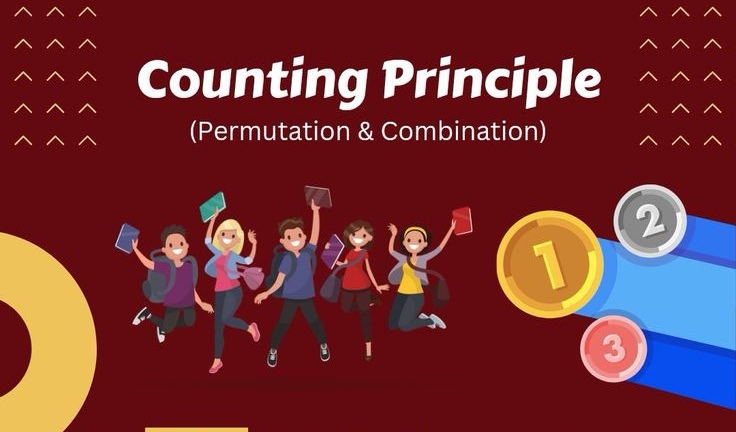S1 - رياضيات 1
Désolé, cette activité n’est pas visible actuellement
Résumé de section
-
At the end of this lesson the student will be able to:
- Apply combinatorial analysis to solve economic problems by defining factorials and using them in calculations.
- Using the implications of interest types on personal financial decisions, such that savings, loans, and credit card debt.
- Distinguish between functions and its applications in economics.
 Activités : 0
Activités : 0 -
 Activités : 3
Activités : 3 -
Activités : 2
-
Dr. Ben Hanachi Sabrina
Mohamed Cherif Messaadia University-Souk ahras
Faculty of sciences and technology
Department of mathematics
s.benhanachi@univ-soukahras.dz
 Activités : 0
Activités : 0

